
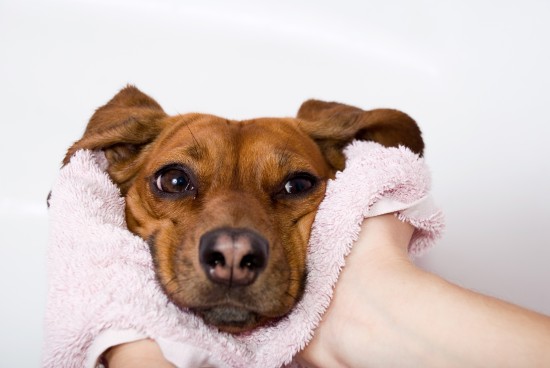
Walking the dog is one of the most important and integral parts of dog ownership, and something that every dog owner undertakes a couple of times a day! While every dog owner will of course follow a different routine in terms of when and where they walk, how often, and in what way, nevertheless, walking is the one uniting factor of dog ownership, and something that quickly becomes an automatic part of the routine.
Whether you walk your dog at a sedate pace and on the lead, or take your dog out for hours at a time with lots of energetic running and play, walking outside of the house and garden exposes your dog to a whole host of new environments and situations, which is definitely part of its appeal!
However, it is important to take care of your dog when you get back from your walk, and perform a few basic checks on them and take care of their assorted needs. This generally becomes second nature to the dog owner very quickly, and is often undertaken as a matter of course without any thought needing to be given as to what to do.
If you are considering getting a dog or are just wondering what you should do to take care of your dog when you have come back from a walk, read on for our tips.
Walking involves exertion, which means that when the weather is mild or warm, your dog’s normal resting body temperature will rise in the heat. Try to spend the last few minutes of your walk cooling your dog down, by stopping energetic play and running about, instead encouraging your dog to relax and calm down before returning home.
During the winter months, even energetic play may not be enough to keep your dog really warm when outside, and dog and owner will usually return home starting to feel distinctly chilly! So when the weather is cold, it is important to keep your dog warm at the end of their walk when they are naturally more likely to feel the cold, due to the caloric energy they will have expended during their walk. Take them into a warm place upon returning home, and give them plenty of time to warm back up again gently.
If your dog gets mucky when out walking, you will understandably want to clean them off before letting them back into the house! During the summer months it may be ok to hose them down outside (as long as the water is not too cold) but in the winter and cooler months of the year, this is not appropriate. Rinsing your dog with cold water when he is already cold will be unpleasant and possibly even affect his health, so ensure that you have warm water on hand to rinse him off with, and that you have somewhere sheltered that you can do this before taking him inside quickly to either bathe fully, or to dry off.
Drying your dog off after a walk is vitally important if they got wet while out and about, or if you have rinsed them off once you get home. A wet dog will shake water everywhere, so pick an appropriate place for him to do this! Keep a selection of old towels on hand to rough-dry your dog, and then allow them to dry out fully, either by letting them sit by a radiator or other heat source, or even drying them with a hair dryer! Damp dogs are not only often stinky, but also rather uncomfortable until they are dry, so don’t leave your dog wet or damp for any longer than necessary.
Walking requires exertion, and this, accompanied with panting to cool down can lead to the need for additional hydration. Make sure that your dog is offered water after returning from a walk, but try to make sure that they have cooled down somewhat first in order to avoid possible stomach cramps after drinking. Also, even when it is hot, ensure that the water you offer to your dog is not ice cold, as this can shock the system of a hot dog.
It is important to give your dog a quick check over when you get back from every walk to look for any signs of injuries and problems. This process takes just a minute or two to undertake, and should be part of your walking routine.
Enjoy your walk!
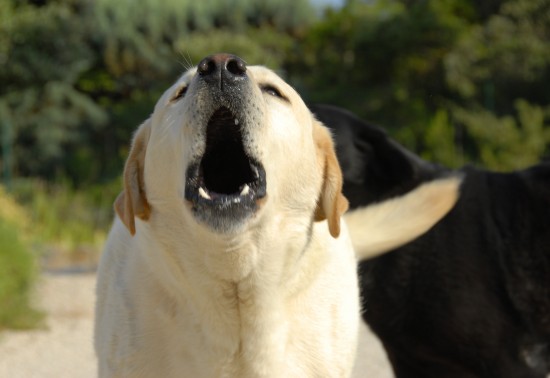 Does Your Dog Run Up And Bark At Strangers?
Does Your Dog Run
Does Your Dog Run Up And Bark At Strangers?
Does Your Dog Run
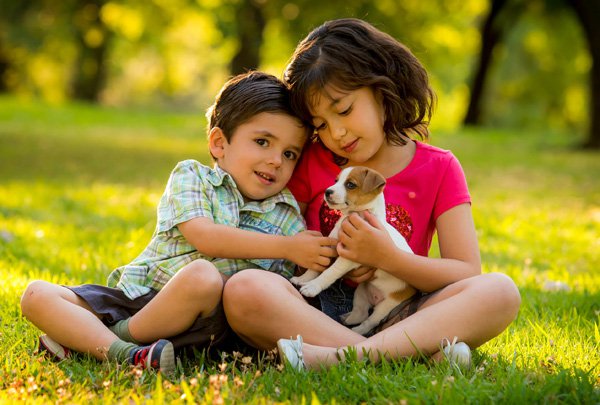 Guidelines involving Goat fence regarding his or her conduct
Guidelines involving Goat fence regarding his or her condu
Guidelines involving Goat fence regarding his or her conduct
Guidelines involving Goat fence regarding his or her condu
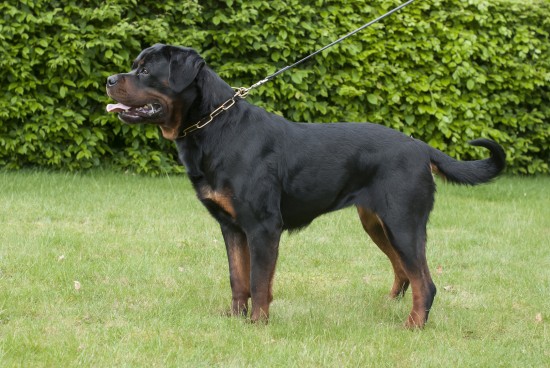 8 Breeds Of Dog Prone To Developing Cancer
8 Breeds Of Dog P
8 Breeds Of Dog Prone To Developing Cancer
8 Breeds Of Dog P
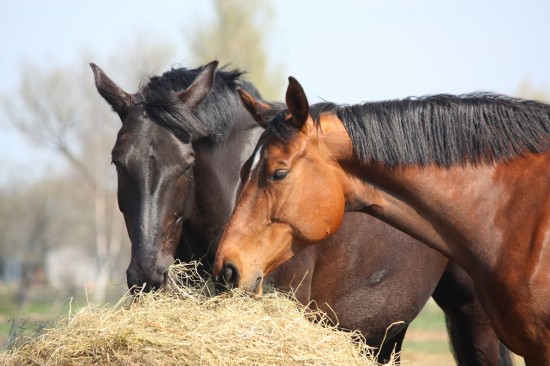 Herbs And Horses - The Benefits
Herbs And Horses
Herbs And Horses - The Benefits
Herbs And Horses
 Dander In Cats Explained
Dander In Cats Ex
Dander In Cats Explained
Dander In Cats Ex
Copyright © 2005-2016 Pet Information All Rights Reserved
Contact us: www162date@outlook.com